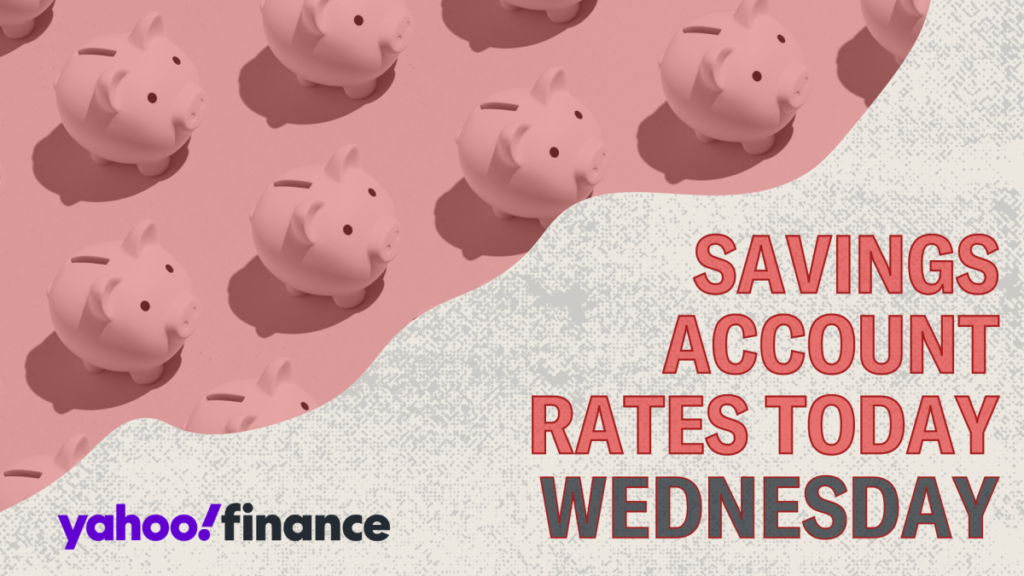In September 2024, the Federal Reserve announced a cut to the federal funds rate, prompting a decline in deposit rates at banks. This shift underscores the importance of maximizing earnings on savings, with high-yield savings accounts emerging as a viable option. These accounts typically offer interest rates significantly superior to standard savings accounts, with Annual Percentage Yields (APY) reaching up to 5% or higher. For individuals seeking the most favorable savings interest rates, understanding the landscape of high-yield savings accounts is crucial. Banks are currently providing competitive offers, with notable examples emerging as of late October 2024, including Openbank’s impressive 5.25% APY, subject to a minimum deposit requirement.
Historically, interest rates for savings accounts have fluctuated yet remain considerably lower than what is available through high-yield savings accounts today. The average savings account typically offers a meager 0.45% APY, whereas high-yield options can present rates around 4.5% to 5%. The recent actions of the Federal Reserve in lowering interest rates, after a period of hikes in response to inflation, have begun to affect deposit rates negatively. This rate reduction emphasizes the need for consumers to be proactive in evaluating their savings options and potentially secure higher interest rates available before further declines occur.
When considering a high-yield savings account, consumers should weigh several key factors to make an informed decision. Primarily, the interest rate offered is a significant element: higher rates can yield more substantial returns over time. As rates are predicted to drop in the future, taking advantage of the currently high yields becomes pertinent. Additionally, individual savings goals play a vital role in whether a high-yield savings account is appropriate. For immediate, short-term goals—like emergency funds or planned purchases—these accounts can effectively preserve capital while accruing interest, unlike investments in the stock market, which may offer potential long-term gains but come with greater risks.
Accessibility is another consideration when choosing a saving strategy, particularly when comparing high-yield accounts to other savings vehicles such as CDs. While some investment options potentially deliver higher returns, they often come with limitations around accessing funds without financial penalties. High-yield savings accounts, on the other hand, maintain flexibility, allowing account holders to access their money when needed without the risk of incurring withdrawal penalties. This makes them an attractive option for anyone looking to ensure liquidity alongside competitive interest earnings.
Finally, the security of a high-yield savings account adds to its appeal. Most are insured by the Federal Deposit Insurance Corporation (FDIC) up to the applicable federal limits, providing consumers with peace of mind that their deposits are protected. Unlike investments that can be subject to market volatility, high-yield savings accounts are generally insulated from these fluctuations, securing the capital that account holders entrust to banks. This safety net makes them an appealing choice for those cautious about market risks.
In summary, with the recent Federal Reserve adjustments impacting interest rates, understanding the benefits of high-yield savings accounts is essential for maximizing savings. The incentives of higher interest rates, combined with factors like ease of access and security, make these accounts a prudent choice for achieving short-term financial goals while safely growing savings. Consumers should be proactive in exploring these options and consider their individual financial objectives to secure the most advantageous terms for their savings.

